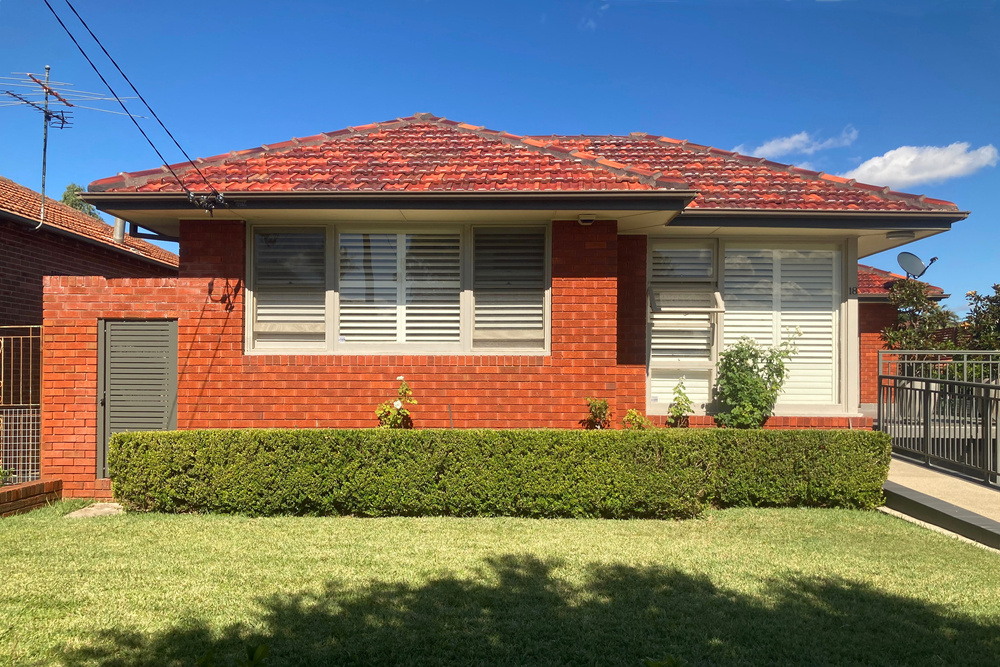
Oct
Everything You Need To Know About Roof Ventilation
![]()
It’s no secret that Brisbane and South East Queensland can get very hot in summer. If you don’t have air conditioning or ceiling fans, your home can get very hot and stuffy inside.
That’s why roof ventilation may be a good idea for your home or business.
Benefits:
Cost effective
Proper ventilation that’s suited to your home reduces the workload on air conditioners during summer, reducing your electricity bill and keeping your house cooler. During winter, it reduces damp air, which stops with loss of insulation effectiveness.
Improved air quality
Roof ventilation helps to improve the air quality in your house, keeping you and your family healthier. It works to remove heat and moisture from your roof space, promoting airflow from outside and reduces mould and mildew from growing, which can cause wood rot and allergies.
Improved comfort
Ventilation helps to keep your home and workplace a comfortable environment. With improved air quality and energy efficiency, you don’t have to worry about uncomfortable internal temperatures or even more uncomfortable electricity bills.
Options:
Whirlybirds - these are the most recognisable form of roof ventilation, but they may not be suited to everyone. They use a wind turbine to ventilate the air in the roof space. You need to make sure the whirlybird you choose is suited to the style of building you have, and if it's appropriate on a residential or commercial level, depending on the type of building you want to ventilate.
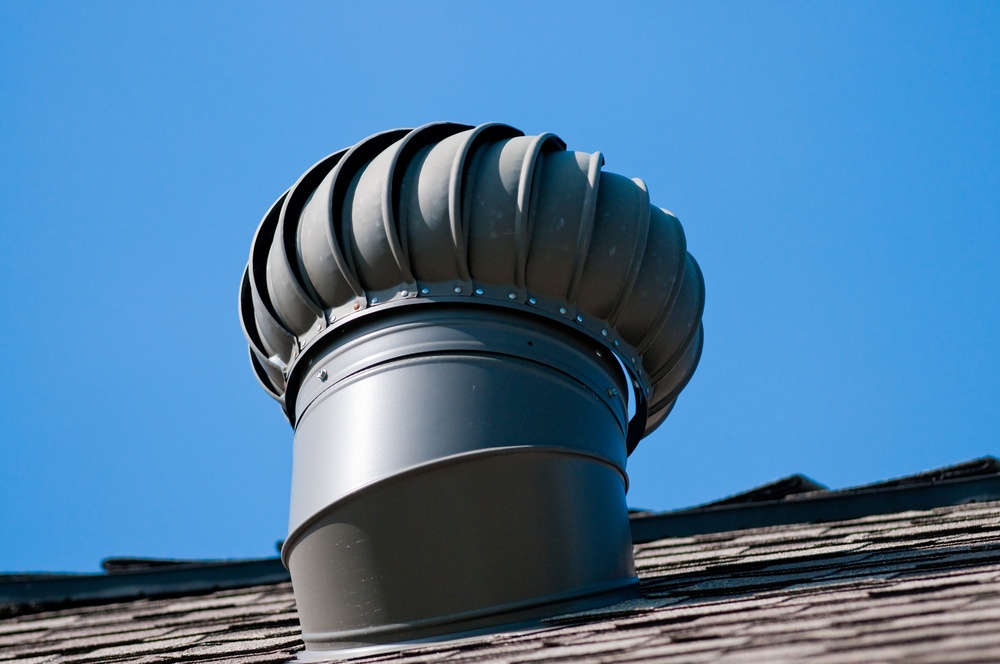
You also need to be aware of how many whirlybirds you will use, generally you’ll need 8-10 residential whirlybirds to get you any sort of measurable power.
Solar - Solar ventilation can extract more than 10 times the amount of hot air than a wind-driven ventilator. It uses a solar-powered fan that’s designed to move large amounts of air from inside the roof space and attic to outside your roof.
The only downside to this option is that it’s generally more expensive.
Passive - Passive ventilation refers to a system that doesn’t move like a whirlybird, rather it allows hot air to escape from the roof cavity. It comes in many different shapes and types, and can even have clear vented caps to add a touch of natural light into your roof space.
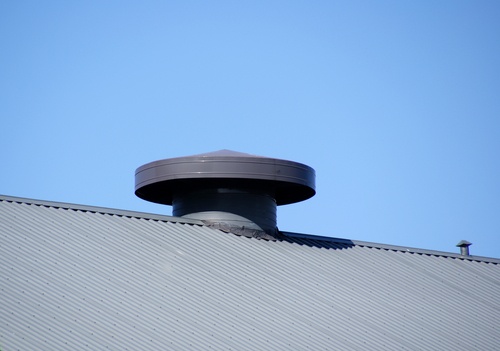
Installation:
Roof ventilation is complex no matter what option you go for. You have to cut through your ceiling and your roof, know the best placement for optimum airflow, know all the safety precautions when cutting into your ceiling space, and know how to properly waterproof the ventilation on your roof.
If you still want to have a go, Bunnings have a good DIY how-to guide for installing your own roof vent.
But we recommend getting a professional to install it for you. It will save you time and peace of mind.



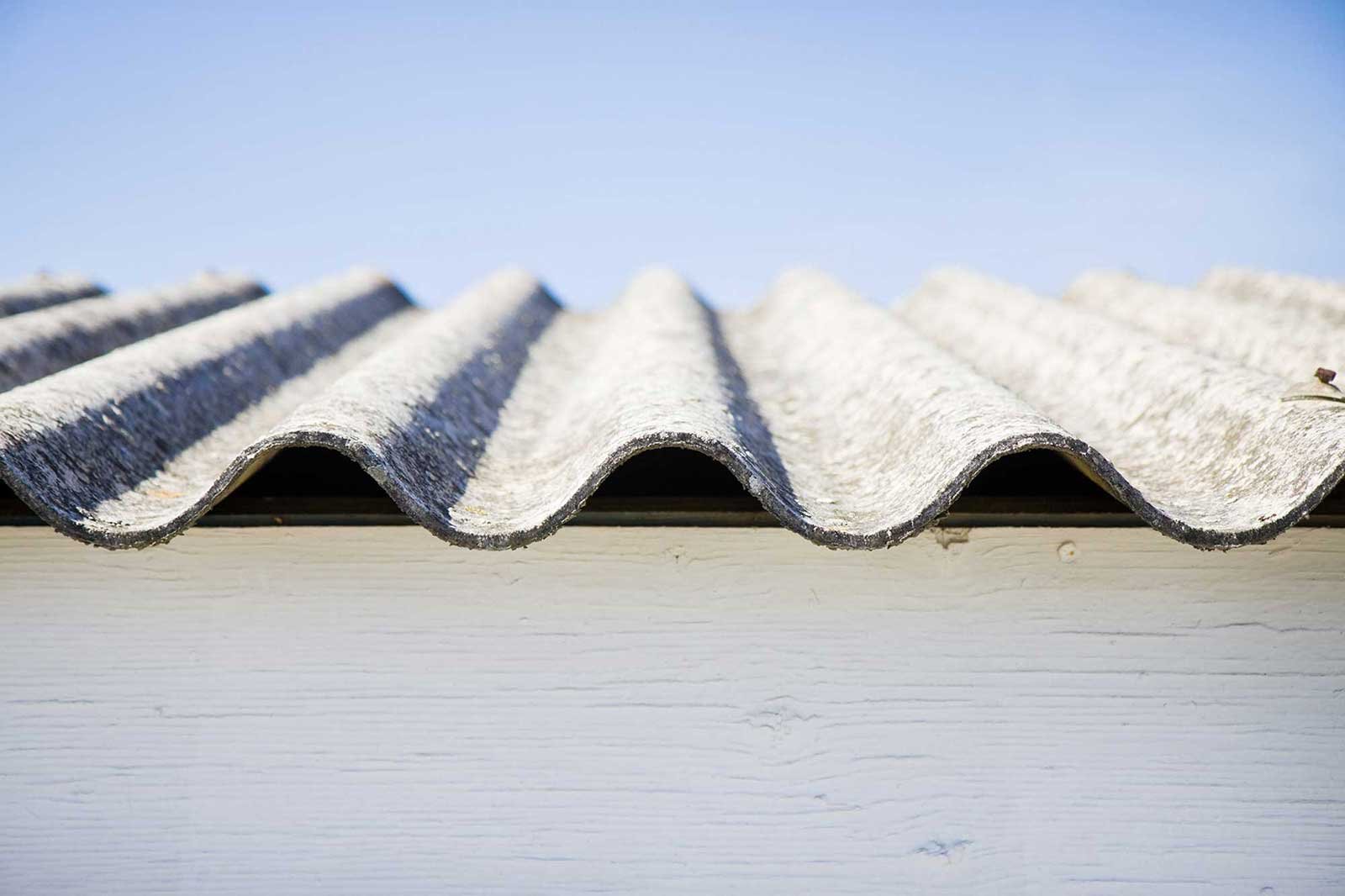





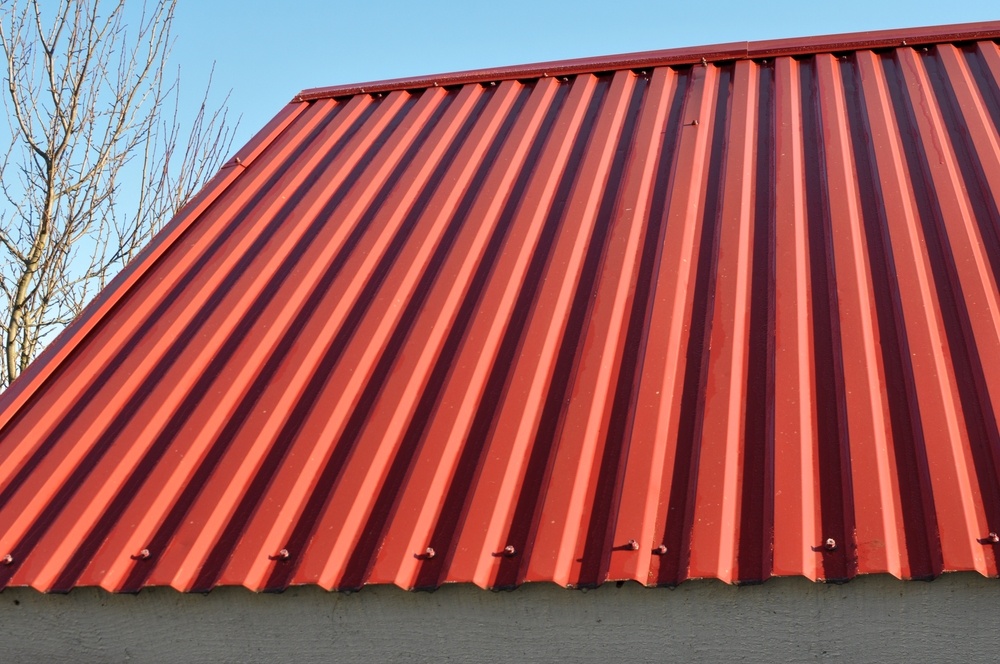
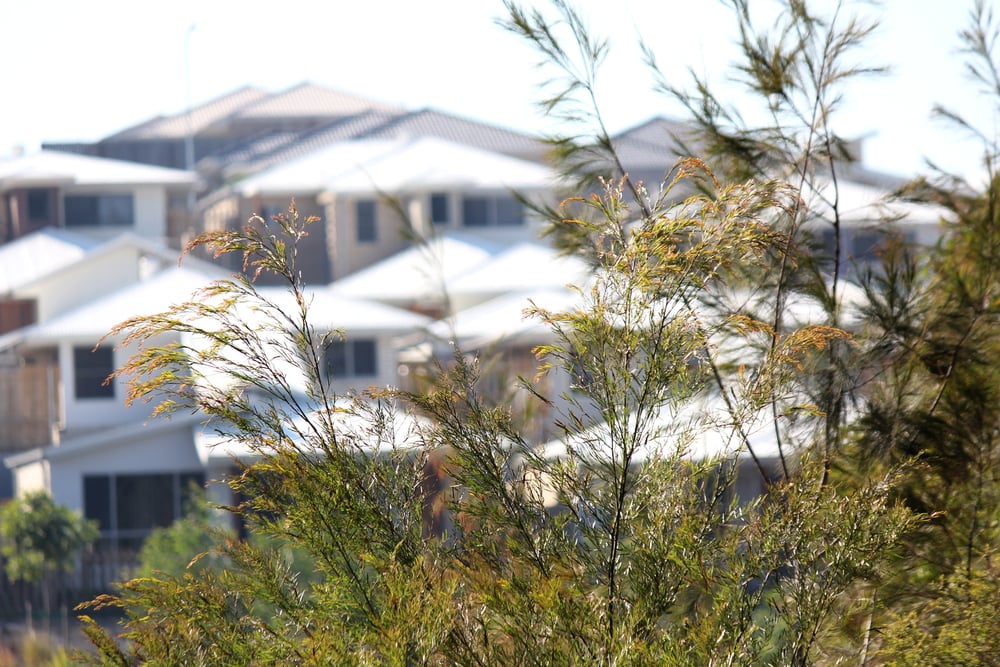



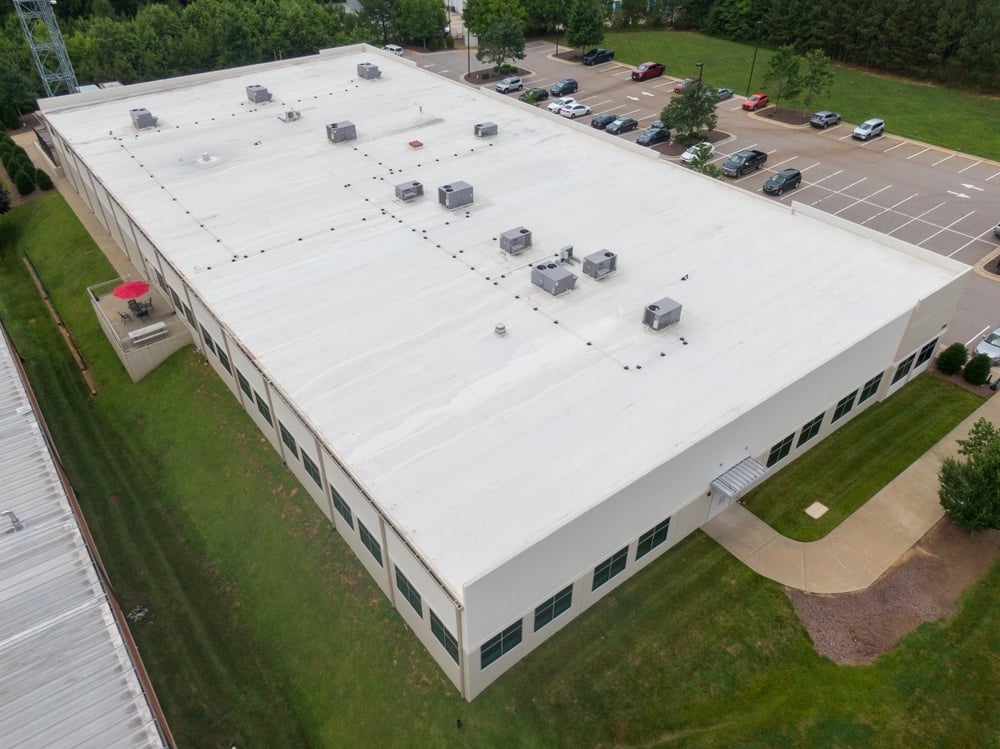
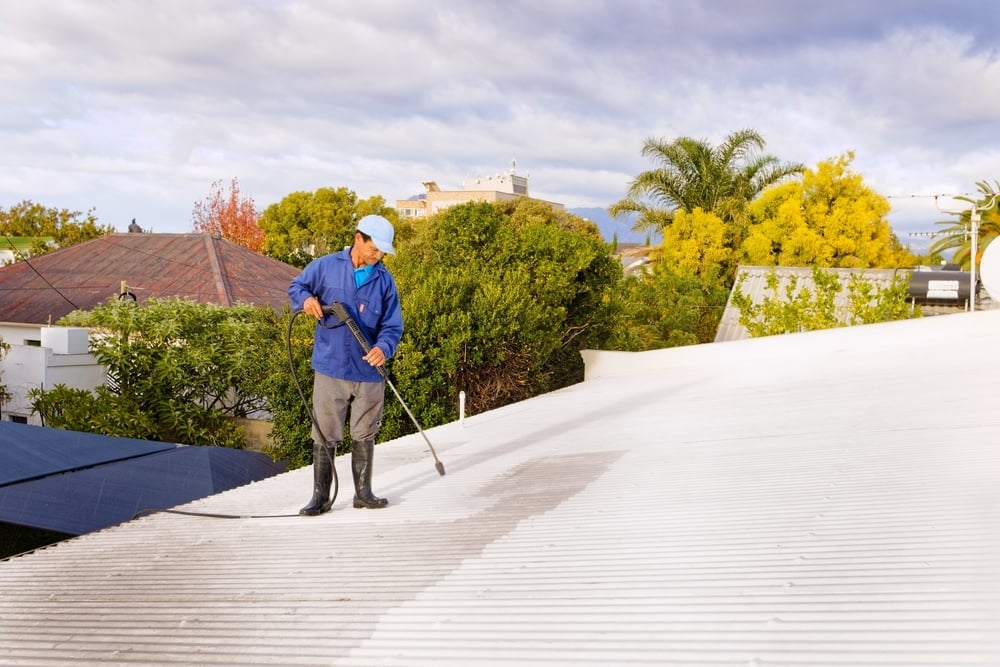
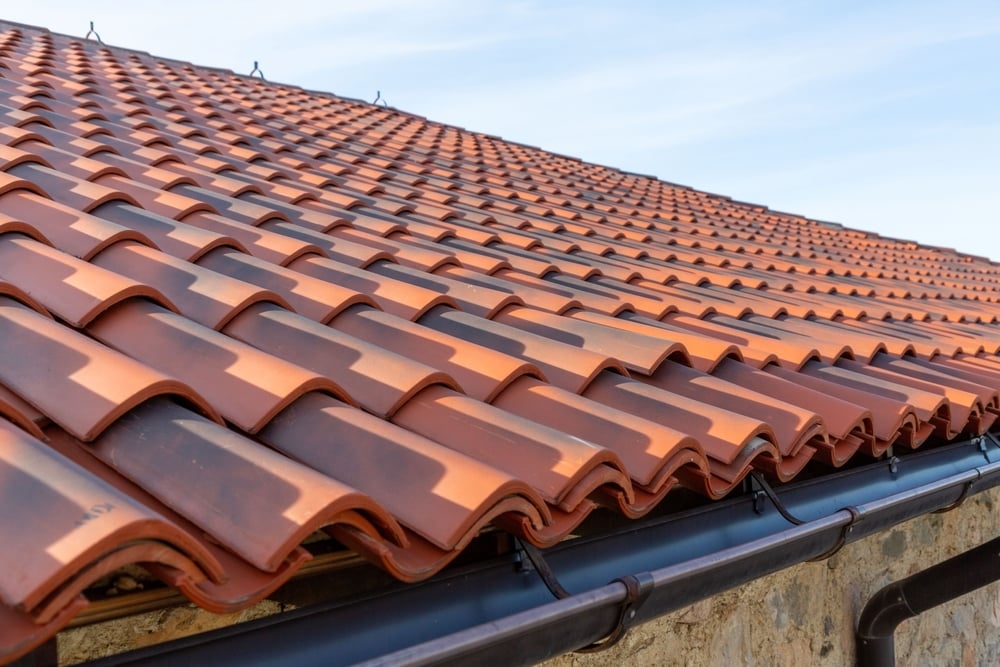
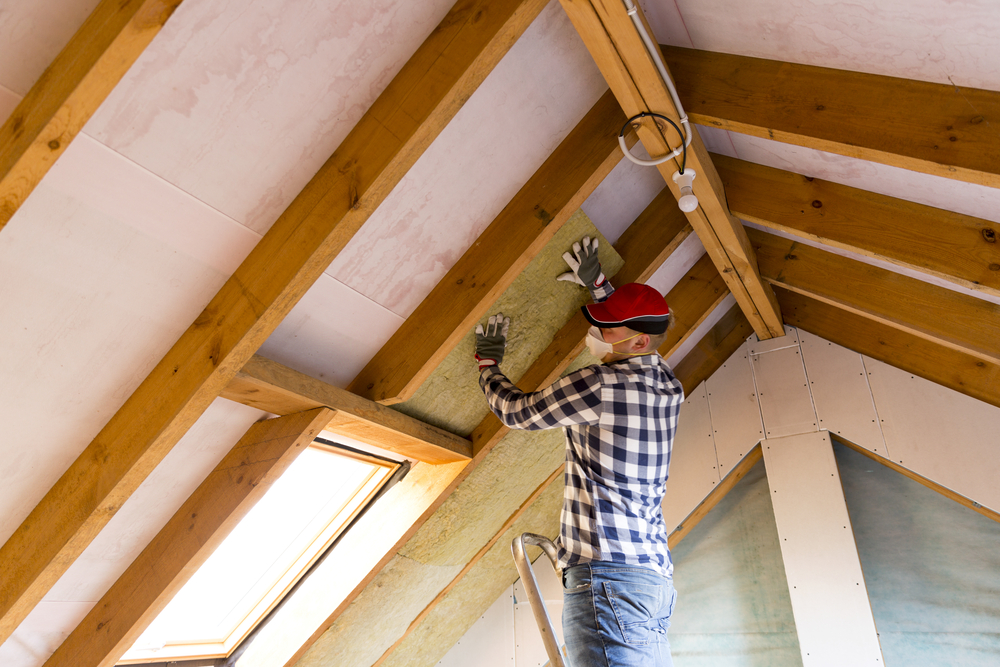
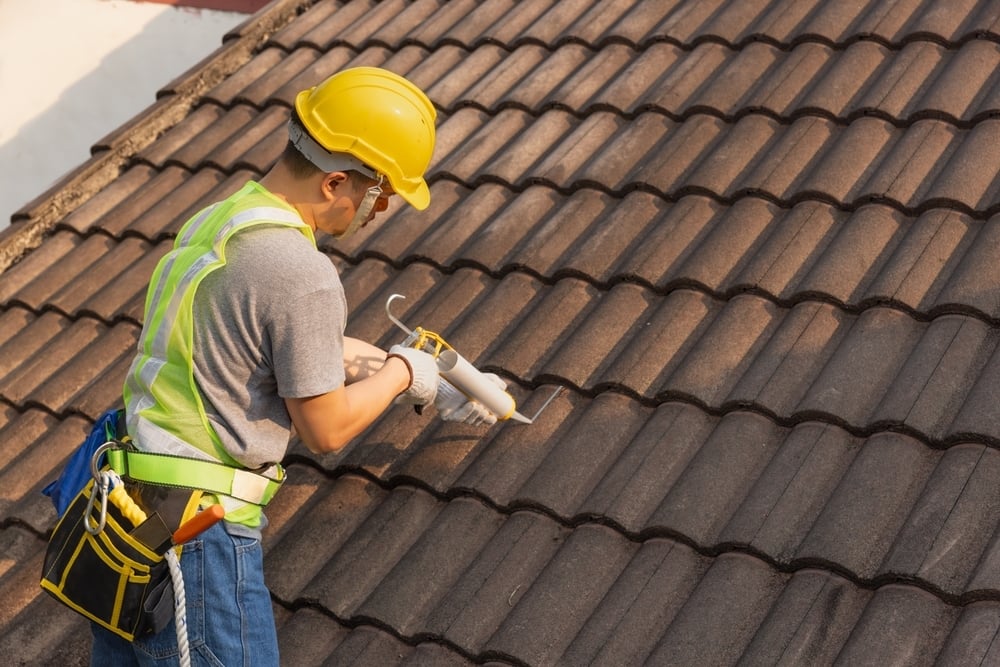
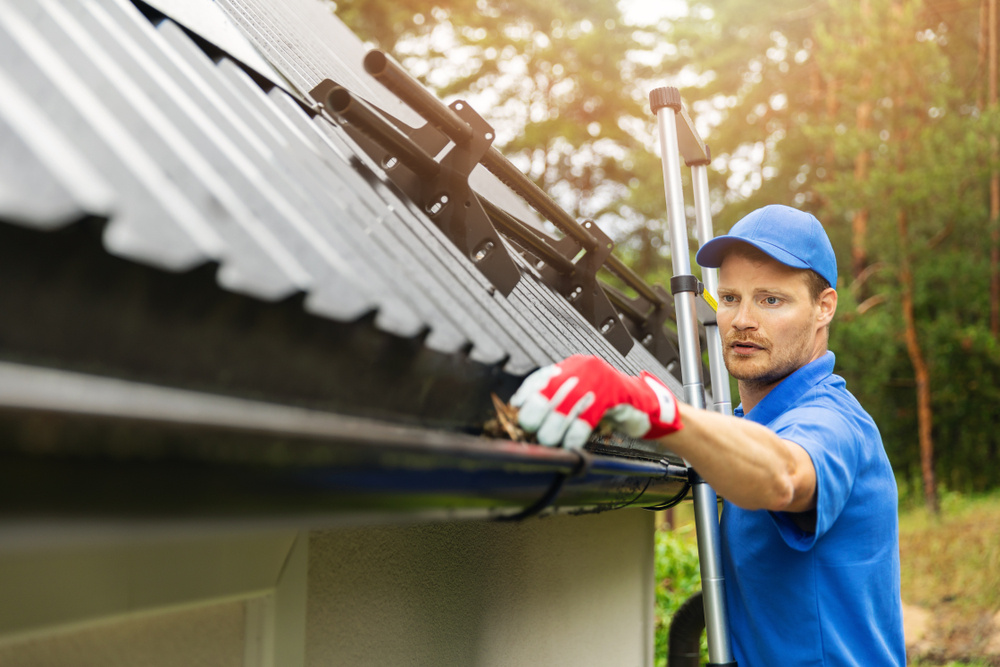

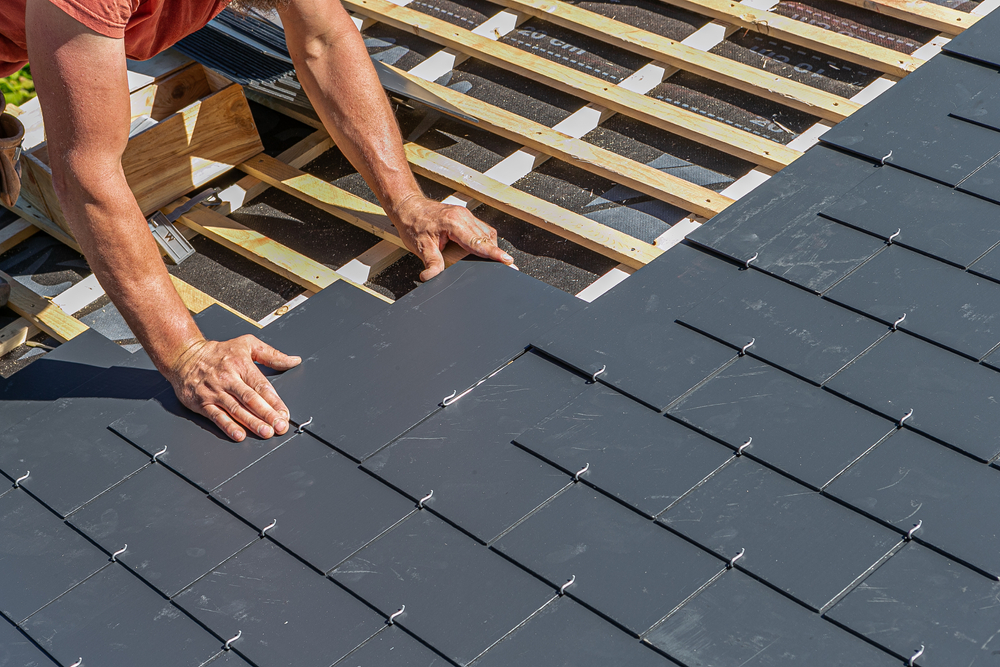
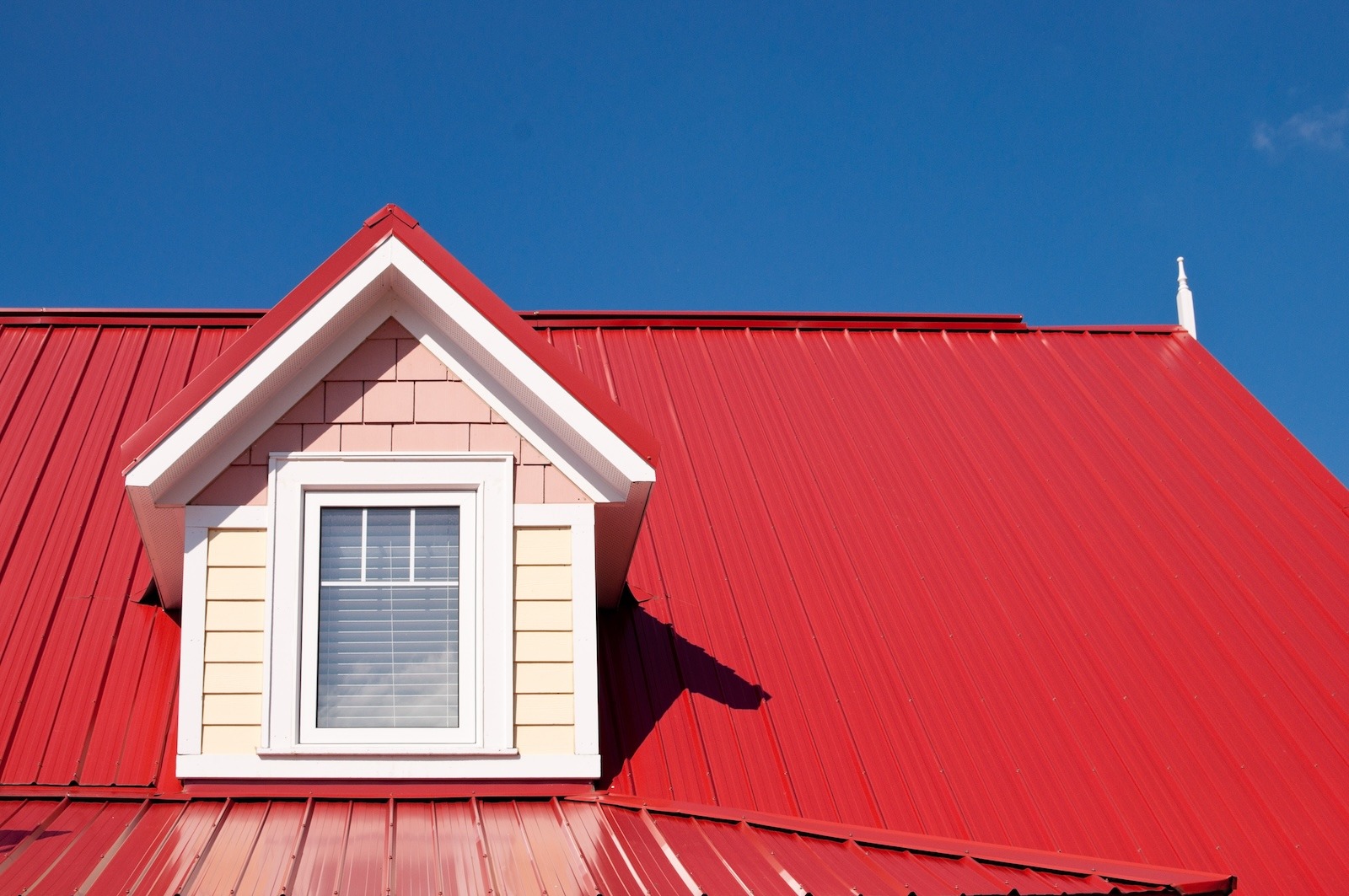
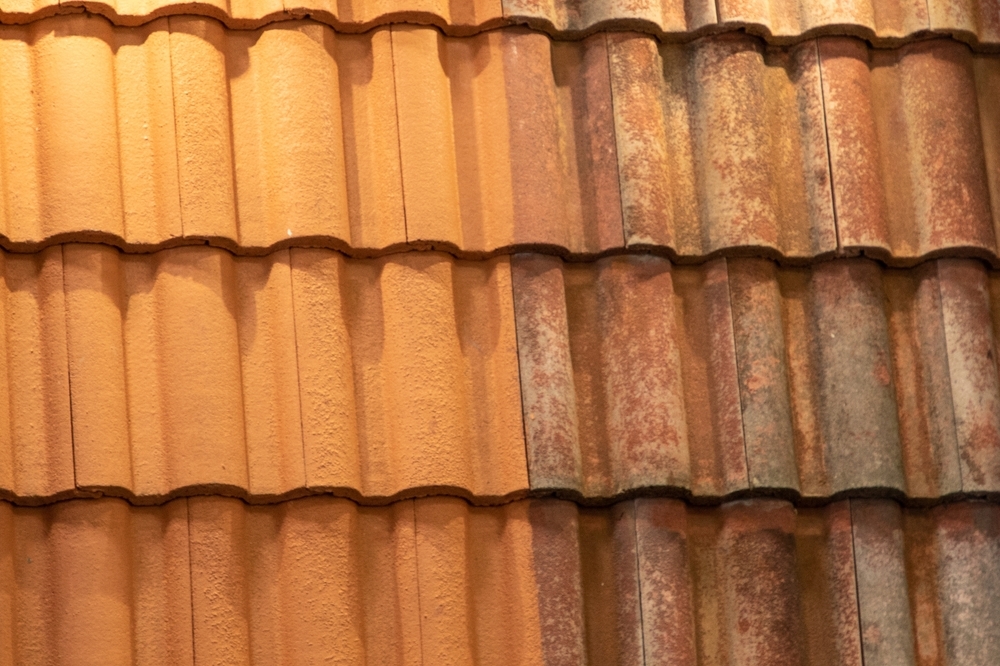
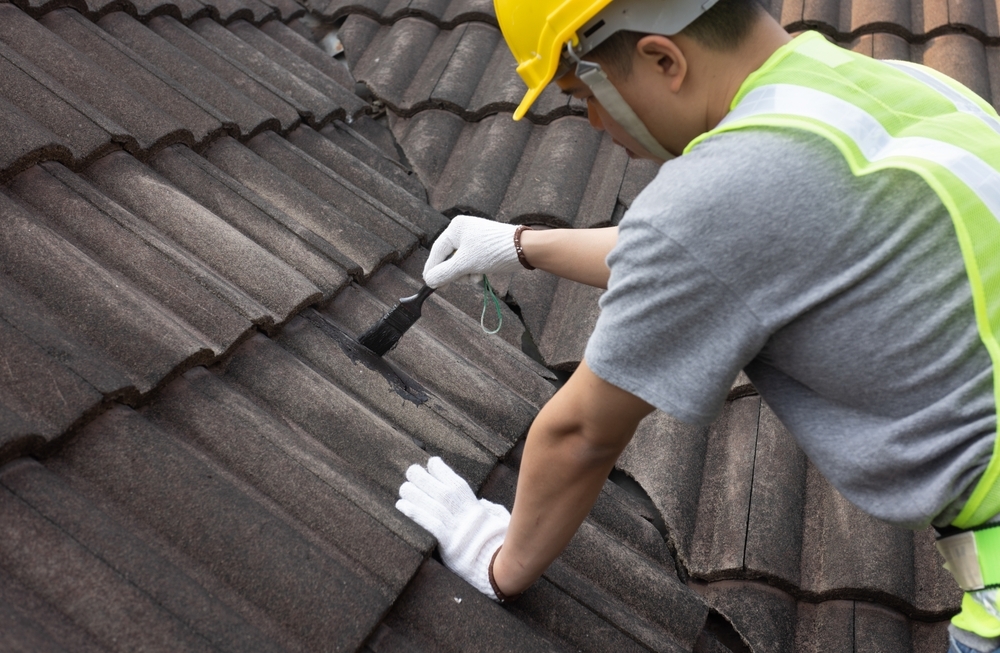
.jpg)
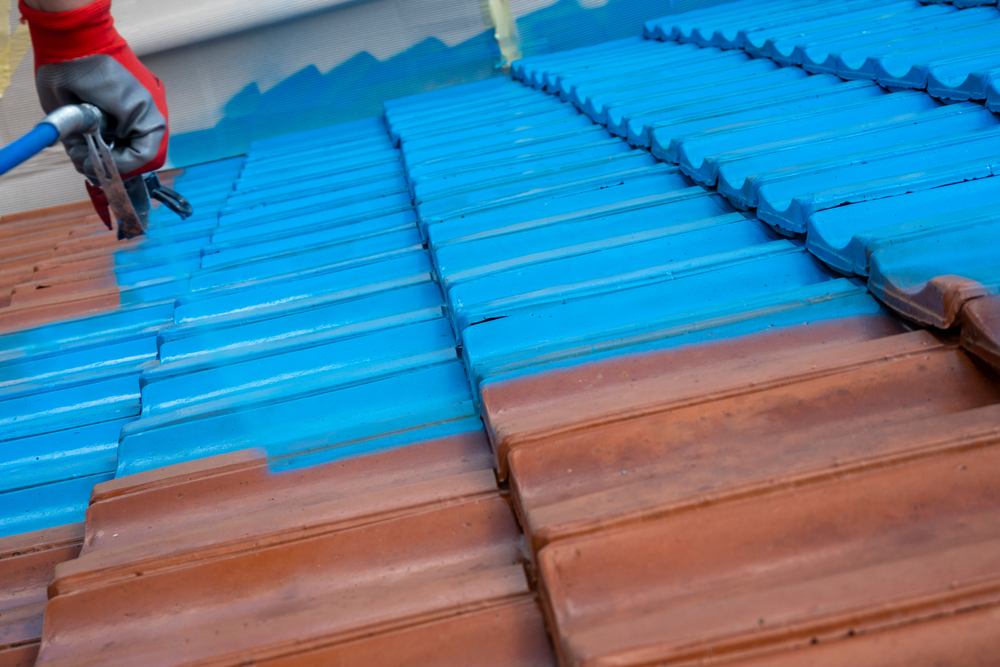
.jpg)
